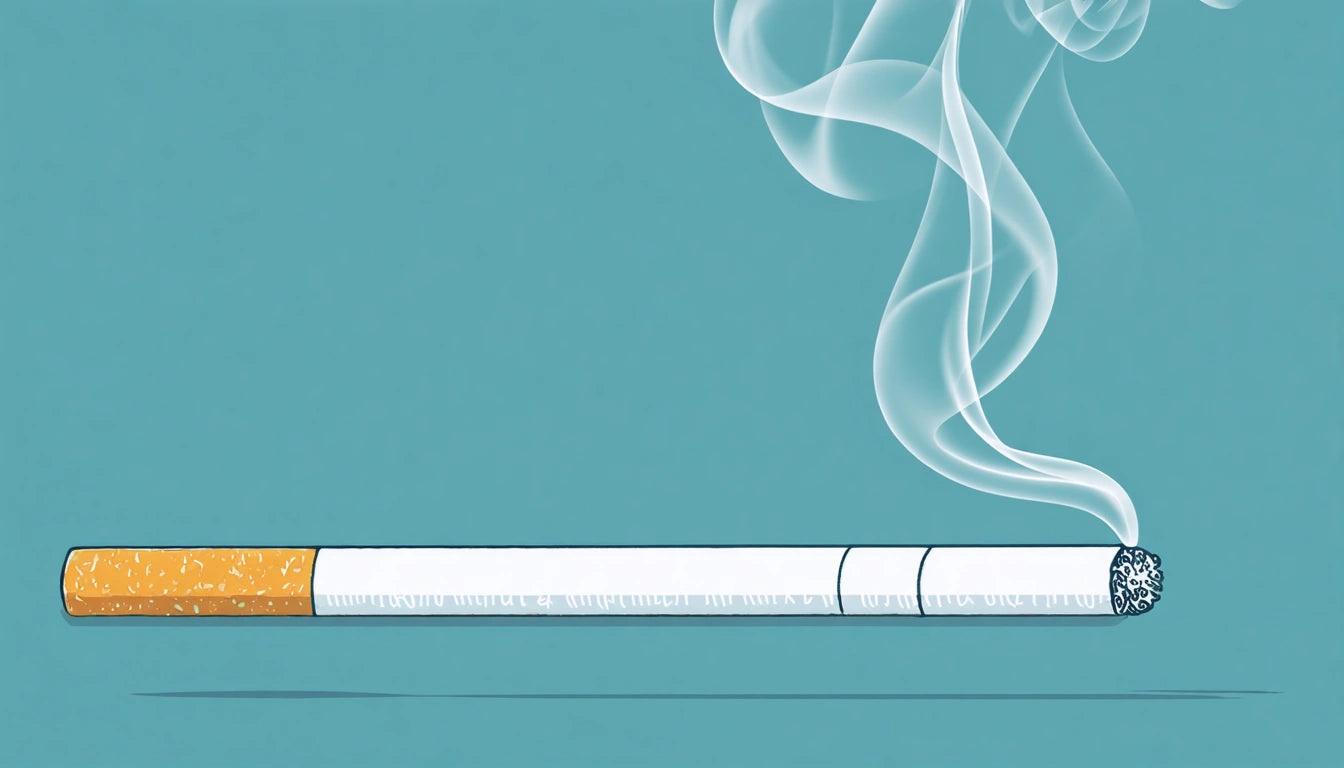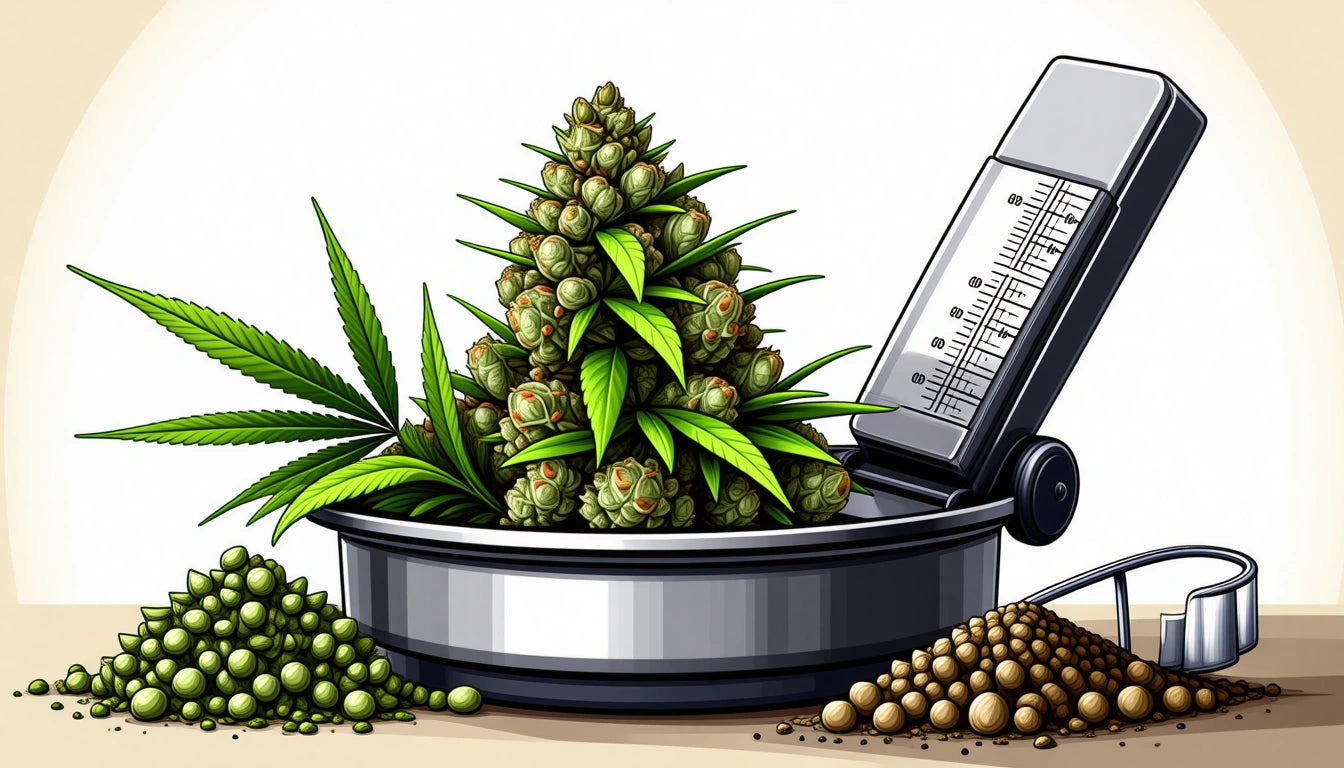Table of Contents
- Understanding Secondhand Smoke: Composition and Exposure
- How Long Does Secondhand Smoke Stay in Your System?
- Detection Methods for Secondhand Smoke Exposure
- Factors Affecting How Long Secondhand Smoke Lasts in the Body
- Health Impacts of Secondhand Smoke Exposure
- Minimizing Exposure and Clearing Your System
Duration of Secondhand Smoke in the Body: What You Need to Know
Secondhand smoke exposure is a common concern for many people, especially those who live or work with smokers. Understanding how long secondhand smoke stays in your system is crucial for assessing potential health risks and knowing when you might test positive on drug screenings. This comprehensive guide explores the science behind secondhand smoke retention in the body and provides practical information about its duration and effects.
Understanding Secondhand Smoke: Composition and Exposure
Secondhand smoke, also called environmental tobacco smoke (ETS) or passive smoke, consists of two components: mainstream smoke (exhaled by smokers) and sidestream smoke (emitted from the burning end of cigarettes, cigars, or pipes). For cannabis specifically, secondhand smoke contains many of the same compounds as directly inhaled smoke, including THC, the primary psychoactive component.
When exposed to secondhand cannabis smoke, non-smokers may inhale trace amounts of THC and other cannabinoids. While the concentration is significantly lower than what direct smokers receive, it's still detectable in certain circumstances, as detailed in this article on secondhand smoke detection.
How Long Does Secondhand Smoke Stay in Your System?
Short-term Presence
Immediately after exposure to secondhand smoke, trace amounts of chemicals enter your bloodstream through your lungs. For cannabis secondhand smoke, THC can be detected in blood for approximately 3-12 hours after significant exposure in enclosed spaces. However, this timeframe varies greatly depending on exposure intensity and individual factors.
Medium-term Detection
In urine tests, metabolites from secondhand cannabis smoke typically remain detectable for 1-3 days after heavy exposure. This is considerably shorter than for active smokers, who may test positive for much longer periods as THC clears from their system.
Long-term Traces
Hair follicle tests can detect exposure to secondhand smoke for up to 90 days, though the concentration levels from passive exposure are typically much lower than those found in active users. These tests are sensitive enough to detect even minimal exposure over time.
Detection Methods for Secondhand Smoke Exposure
Several testing methods can detect secondhand smoke exposure:
- Blood tests: Most sensitive immediately after exposure but have a short detection window
- Urine tests: The most common method, detecting metabolites for several days
- Saliva tests: Can detect recent exposure within 24-48 hours
- Hair follicle tests: Provide a longer detection window but require significant exposure
For those concerned about precise measurements, accurate digital scales for measuring substances can help consumers understand proper dosing and potentially reduce secondhand smoke by promoting responsible consumption.
Factors Affecting How Long Secondhand Smoke Lasts in the Body
Several factors influence how long secondhand smoke remains detectable:
Exposure Intensity and Duration
The concentration of smoke and length of exposure significantly impact how much is absorbed. Being in a small, unventilated room with multiple smokers creates much higher exposure than brief contact in open spaces.
Individual Metabolic Factors
Each person processes chemicals differently based on:
- Metabolism rate
- Body mass and composition
- Liver function
- Overall health status
- Age
Environmental Conditions
Ventilation plays a crucial role in how much secondhand smoke you inhale. Poor ventilation increases exposure and potentially extends how long effects might last, though secondhand exposure rarely produces psychoactive effects.
Health Impacts of Secondhand Smoke Exposure
While this article focuses primarily on detection and duration, it's important to note the health considerations associated with secondhand smoke exposure:
- Respiratory irritation and potential asthma triggers
- Cardiovascular effects from prolonged exposure
- Potential for positive drug tests in certain circumstances
Research has shown that secondhand cannabis smoke can potentially cause positive drug tests under specific conditions, though this typically requires substantial exposure in confined spaces.
Minimizing Exposure and Clearing Your System
If you're concerned about secondhand smoke in your system, particularly before a drug test, consider these approaches:
Reducing Exposure
- Avoid enclosed spaces where smoking occurs
- Ensure proper ventilation when around smokers
- Request smoke-free environments when possible
Clearing Your System
To potentially speed up the elimination of secondhand smoke from your body:
- Stay hydrated to support natural elimination processes
- Exercise to increase metabolism and promote sweating
- Maintain a healthy diet rich in antioxidants
For those concerned about testing positive after exposure, understanding whether secondhand smoke can cause failed drug tests provides valuable context about risk levels.
Future Research and Regulatory Considerations
As cannabis legalization expands, more research is emerging about secondhand exposure. Current studies suggest that while secondhand cannabis smoke typically clears from the system within 1-3 days, detection windows vary based on test sensitivity and exposure conditions. Future research will likely provide more precise guidelines for safe exposure limits and detection thresholds.
Understanding how long secondhand smoke stays in your system empowers individuals to make informed decisions about their environment and potential exposure risks. While casual, brief exposure in well-ventilated areas poses minimal detection risk, repeated exposure in enclosed spaces may lead to detectable levels that persist for several days.











Leave a comment
All comments are moderated before being published.
This site is protected by hCaptcha and the hCaptcha Privacy Policy and Terms of Service apply.